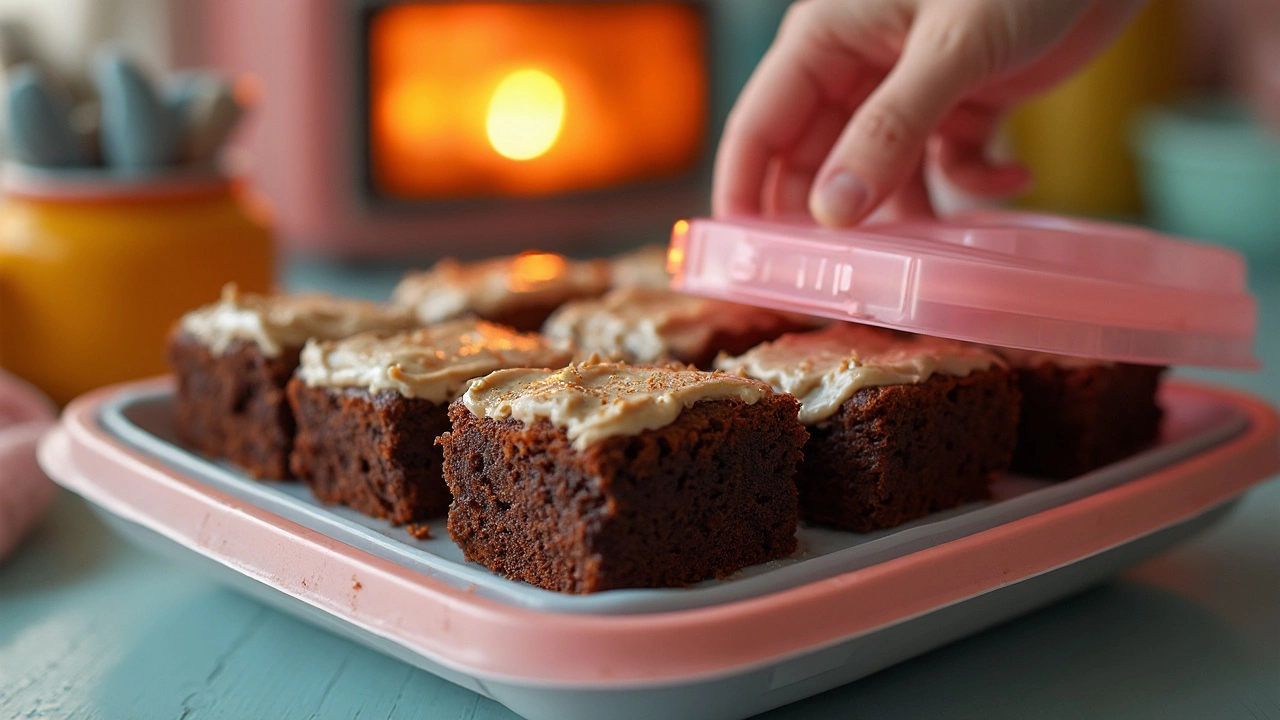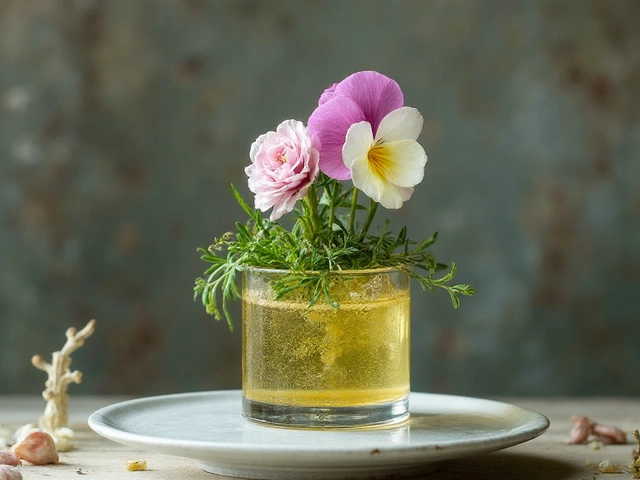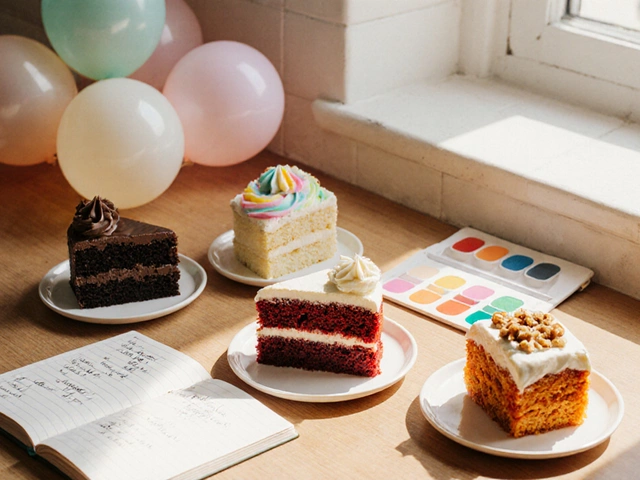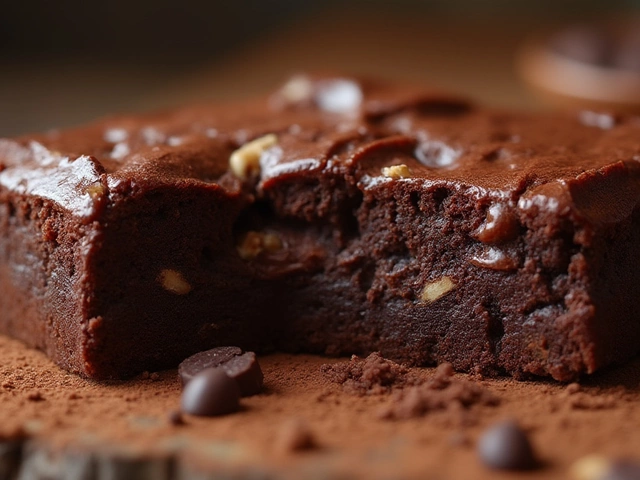Frosting 101: Quick Tips, Simple Recipes, and Fixes for Common Problems
If you’ve ever stared at a lumpy batch of buttercream or a droopy cake top, you’re not alone. Frosting can feel tricky, but with a few straightforward rules you’ll be spreading, piping, and smoothing like a pro. This guide breaks down the basics, shares a couple of go‑to recipes, and gives you practical fixes for the most common issues.
Pick the Right Frosting for Your Cake
The first step is matching the frosting type to the cake. Classic buttercream works great on vanilla, chocolate, or carrot cakes because its sweet, creamy texture complements most flavors. If your cake is rich or dense, try a light whipped cream frosting to keep the overall sweetness in check. For chocolate lovers, a glossy ganache adds depth without overpowering the crumb. And when you need a dairy‑free option, a coconut‑milk based frosting can replace butter without losing the smooth finish.
Basic Buttercream – The All‑Rounder
Here’s a foolproof buttercream recipe that stays silky even in warm kitchens:
- 1 cup (226 g) unsalted butter, softened
- 3‑4 cups (360‑480 g) confectioners’ sugar, sifted
- 2 tbsp heavy cream or milk
- 1 tsp vanilla extract
- Pinch of salt
Beat the butter until pale and fluffy (about 2 minutes). Gradually add the sugar, alternating with the liquid, and keep mixing until the texture is smooth. If the frosting looks grainy, add a little more cream—just a tablespoon at a time—until it becomes silky. Too runny? Toss in an extra spoonful of sugar. This method avoids the common “cottage‑cheese” texture that many beginners get.
For chocolate buttercream, melt ½ cup (120 ml) of good dark chocolate, let it cool slightly, then blend it into the butter before adding sugar. The result is a glossy, rich frosting that stays firm at room temperature.
Fixes You’ll Need on the Fly
Grainy frosting: It usually means the sugar didn’t dissolve. Warm the mixture gently over a double boiler while whisking, or blend in a tiny bit of corn syrup to smooth it out.
Cracked ganache: Over‑heating or cooling too fast causes cracks. Keep the heat low, stir constantly, and let the ganache cool to about 90 °F (32 °C) before spreading.
Runny frosting on a hot day: Chill the cake for 15 minutes in the fridge, then apply a thin “crumb coat.” Once set, add the final layer. This stops the frosting from sliding off.
Storage & Shelf Life
Buttercream keeps in an airtight container in the fridge for up to a week. Bring it to room temperature and re‑whip before using. Ganache should be stored in the fridge as well, but it can be reheated gently in a microwave (10‑second bursts) or a saucepan.
For longer storage, freeze frosting in a freezer‑safe bag for up to three months. Thaw in the fridge, then let it sit at room temperature for 30 minutes before re‑whipping.
With these basics, you can handle most frosting challenges without panic. Whether you’re decorating a birthday cake, topping cupcakes, or just adding a sweet finish to brownies, the right frosting makes all the difference. Grab a spatula, follow the simple steps, and enjoy the smooth, tasty results every time.

How to Keep Your Frosted Brownies Fresh
If you're wondering how to keep your frosted brownies from becoming stale or the frosting from losing its charm, we’ve got you covered. This guide shares practical tips on storing frosted brownies properly to maintain their deliciousness. From understanding the right containers to freezing tricks, ensure your brownies stay as tasty as the day you made them. Perfect for anyone who loves baking or enjoys the sweet treat without the hassle of spoilage. Discover ways to preserve that brownie magic!
View More




